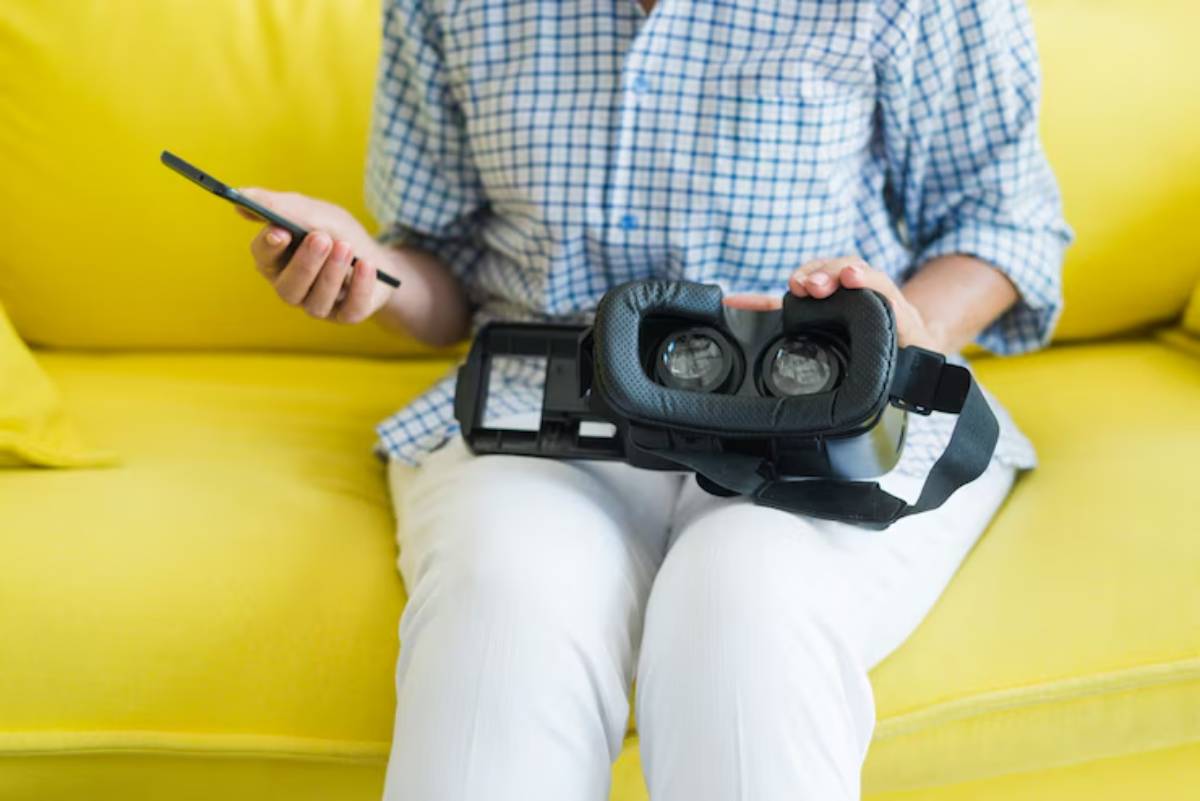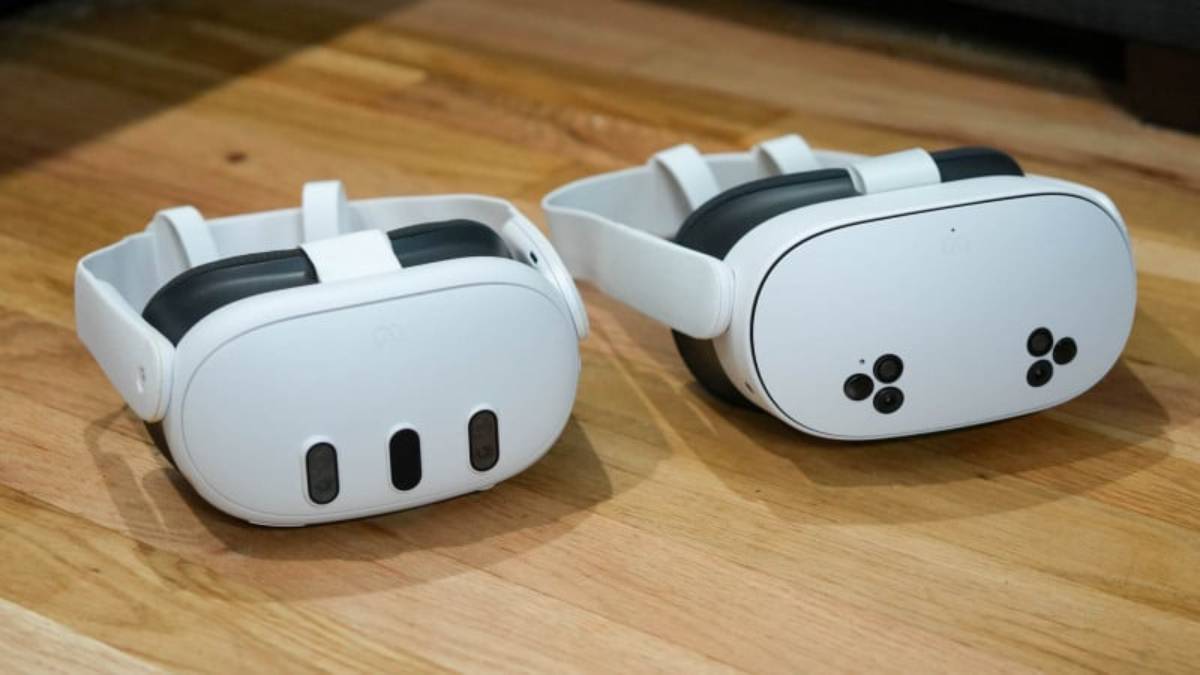
Is the Quest 3 Worth the Upgrade from Quest 2?
If you’ve been using the Meta Quest 2 regularly, you’ve probably heard the buzz about its successor. Sleeker. Sharper. Smarter. But beneath the marketing, a question lingers:
Is the Quest 3 worth the upgrade from Quest 2?
You’re not alone in wondering. The Quest 2 is still one of the most capable standalone VR headsets on the market — reliable, affordable, and supported by a vast app ecosystem. So is the Quest 3 just a minor refresh, or does it truly push the boundaries of what VR can be?
In this guide, we’ll break down the Quest 3 vs Quest 2 debate from every angle — performance, design, usability, and value. Whether you’re a hardcore VR gamer, a fitness app fanatic, or someone who enjoys the occasional immersive movie night, this comparison will help you make an informed decision.
What Are the Key Differences Between Quest 2 and Quest 3?
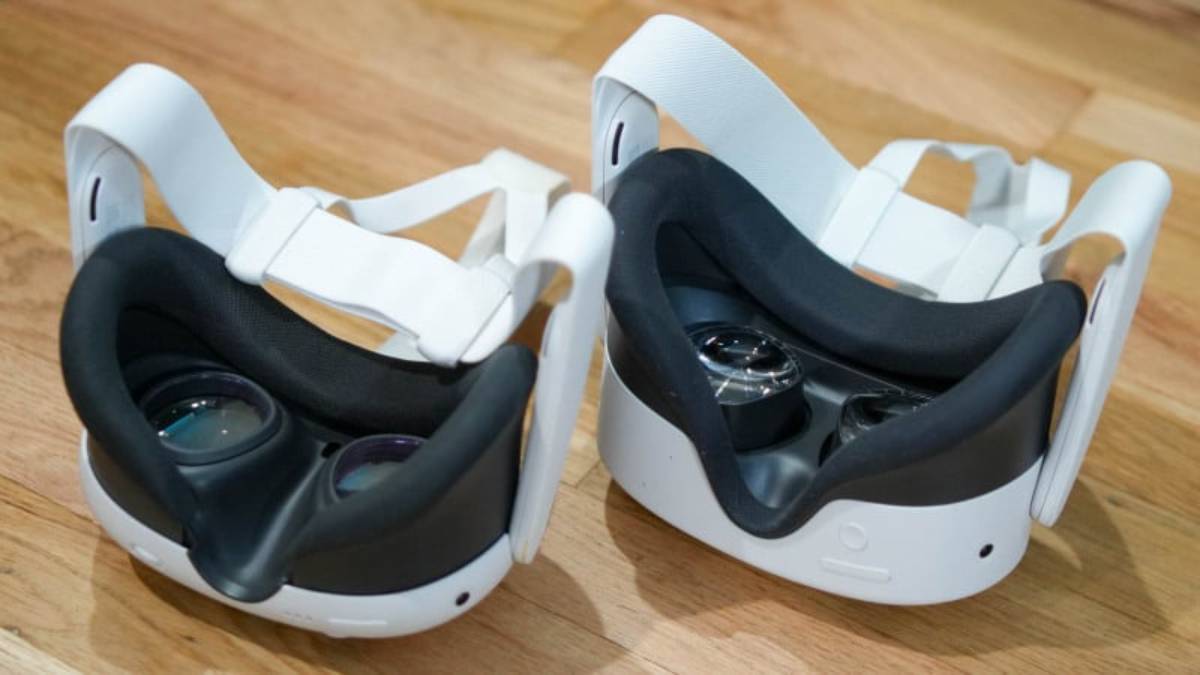
Let’s start by comparing core specifications. On paper, the Meta Quest 3 boasts a more powerful chip, improved visuals, and a sleeker form — but what do those upgrades mean in real-world use?
Performance
- Processor:
- Quest 2: Qualcomm Snapdragon XR2
- Quest 3: Snapdragon XR2 Gen 2 — double the graphics power and significantly faster load times.
- RAM:
- Quest 2: 6GB
- Quest 3: 8GB — better multitasking and smoother gameplay.
The performance jump is noticeable in games with complex environments. Quest 3 handles detail-rich scenes more gracefully and reduces stuttering in newer titles.
Display & Optics
- Resolution:
- Quest 2: 1832 x 1920 per eye
- Quest 3: 2064 x 2208 per eye — brighter colours, sharper images.
- Lens Type:
- Quest 2: Fresnel lenses
- Quest 3: Pancake lenses — significantly slimmer profile and less glare.
- Field of View (FOV):
- Quest 2: ~97°
- Quest 3: 110° horizontal — more immersive visual range.
Visual upgrades alone make a compelling case. The Quest 3’s pancake lenses reduce distortion and offer better edge clarity — making everything from text to action more legible.
Mixed Reality Capabilities
One of the standout features in the Meta Quest upgrade is the enhanced mixed reality (MR) support.
- Quest 2: Basic black-and-white passthrough, mainly for boundary setup.
- Quest 3: Full-colour MR passthrough, enabling interactive mixed reality apps and AR-style experiences.
If you’re exploring hybrid play or productivity, this feature opens new dimensions — literally.
Comfort and Design
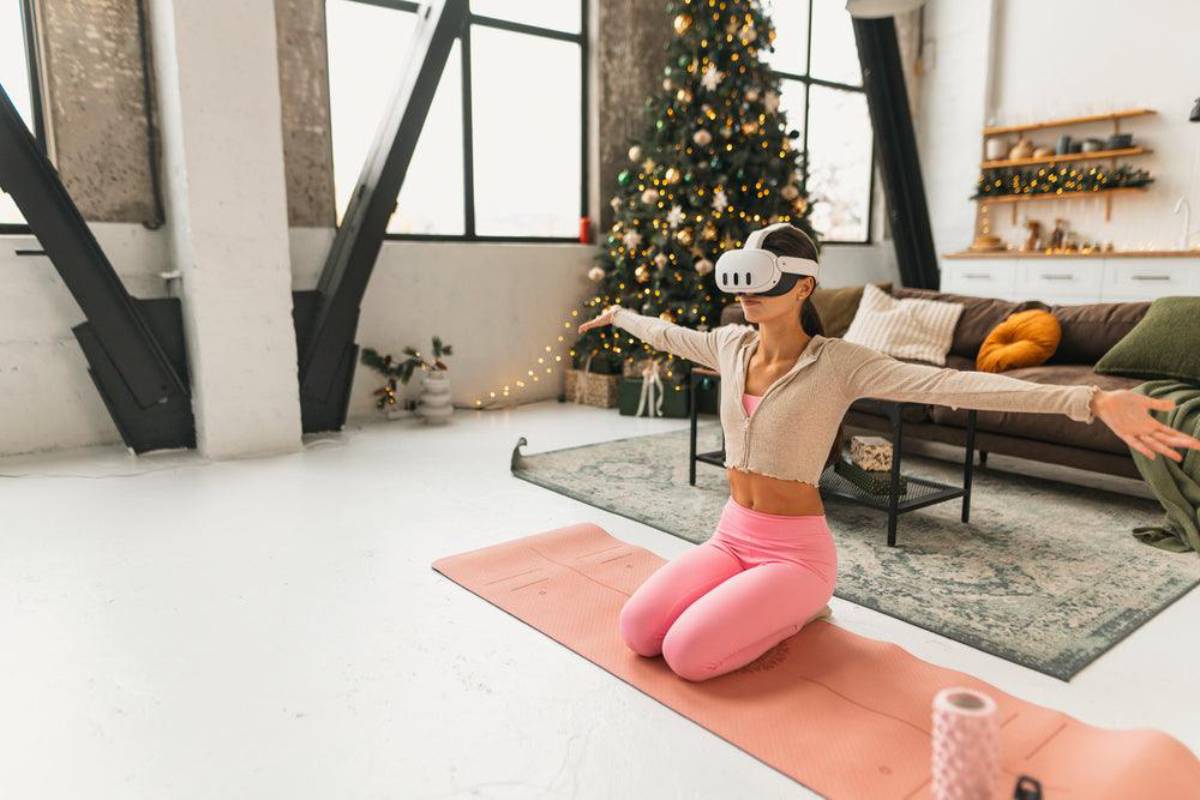
The Quest 2 isn’t exactly uncomfortable, but it does feel front-heavy and bulky for longer sessions. The Quest 3 addresses this head-on.
Design Changes
- Slimmer profile: The Quest 3 is around 40% thinner, thanks to its pancake lenses.
- Improved balance: With better weight distribution, it sits more naturally on your head.
- IPD Adjustment: Quest 2 uses a three-stage manual slider. The Quest 3 has continuous IPD adjustment for a more precise fit.
Strap and Accessories
Both headsets come with basic cloth straps out of the box, which are adequate but not ideal. However, the Quest 3’s design accommodates third-party accessories more intuitively.
Looking to enhance long-term comfort? Consider pairing your headset with a better strap — explore our top head straps for Meta Quest 2 & 3 for improved ergonomics and extended session support.
Controller Upgrades
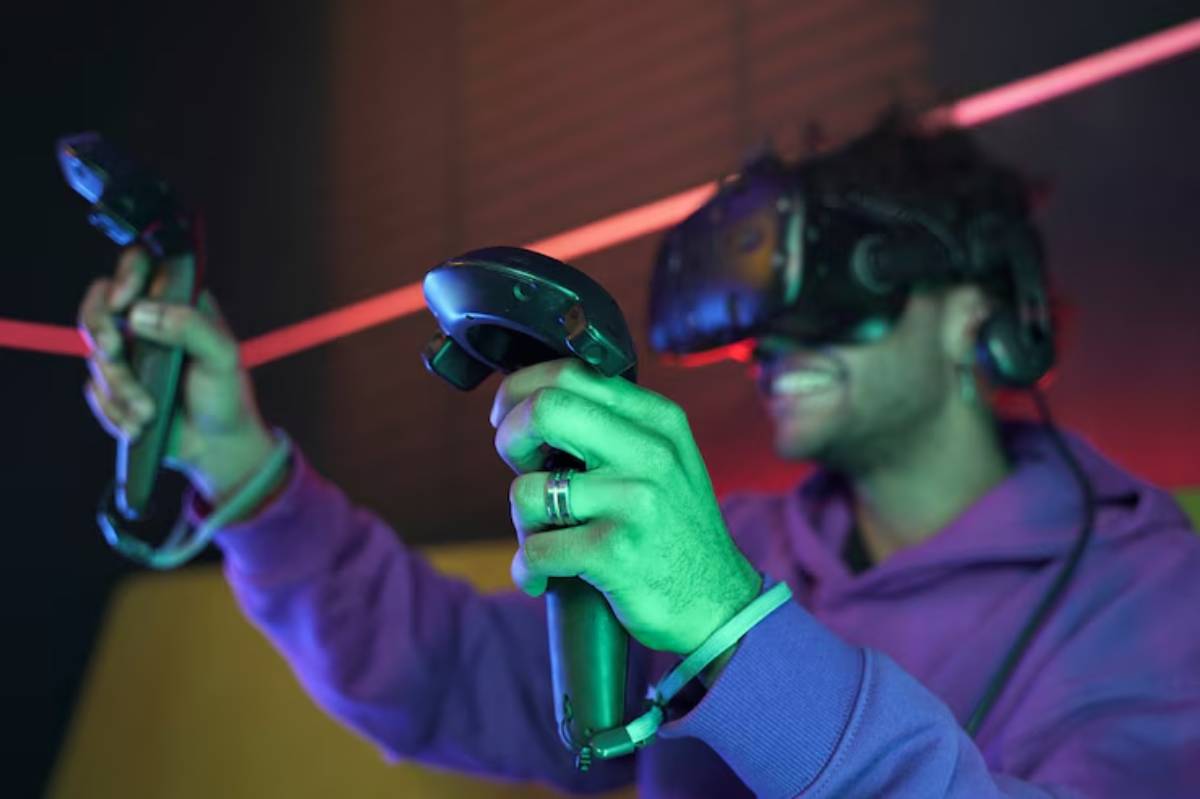
At first glance, the new Quest 3 controllers may not seem like a huge leap, but subtle changes make a big difference.
- Quest 2 Controllers: Rely on infrared tracking rings
- Quest 3 Controllers: No tracking rings, more compact, better balanced, with improved haptics
Removing the rings not only makes them less cumbersome but also enhances hand freedom. Plus, the upgraded TruTouch haptics offer more nuanced vibration feedback, giving a better sense of touch within the virtual world.
Content Compatibility
Wondering if you’ll lose your games or apps in the switch?
- All Quest 2 apps work on Quest 3.
- In many cases, titles run better, fwith aster load times, richer textures, and fewer frame drops.
- Some games now include exclusive graphical upgrades for Quest 3 users.
So if you’ve already built a VR library, you won’t need to repurchase content — a major plus in the new VR headset comparison equation.
Mixed Reality Use Cases
Let’s talk about the mixed reality potential in Quest 3. Beyond just seeing your room in colour, it enables interactive experiences that blend the virtual and physical.
- Design apps that overlay virtual objects onto your real desk
- Fitness games that track your space and let you dodge real-world furniture
- Educational tools that combine AR visualisations with immersive environments
If you’re a creative professional or someone intrigued by augmented gaming and workspaces, Quest 3 gives you a serious head start.
Battery Life and Charging
- Battery Life: Roughly the same on both models (2–3 hours), but…
- The Quest 3 uses a more power-efficient chip, and some users report longer play from a full charge depending on the app mix.
Still, if you regularly play long sessions, you’ll want extra power support. For extended gaming or workouts, a battery pack for longer VR sessions can be a smart add-on for either headset.
Price: Is It Worth the Jump?
Here’s where many users hesitate.
- Quest 2 (128GB): ~£250
- Quest 3 (128GB): £499
That’s a significant leap — especially when the Quest 2 is still being actively supported. But context matters.
Who Should Stick with the Quest 2?
- You’re a casual VR user who plays occasionally
- You mostly watch 360° media or use basic games
- Budget is a key priority
Who Should Upgrade to Quest 3?
- You play regularly and want smoother, more immersive gameplay
- You’re excited about mixed reality apps and AR tools
- You want better comfort, clarity, and future-proofing
Think of the Quest 3 as not just a headset upgrade, but a leap into the next chapter of immersive technology.
Conclusion: Should You Upgrade?
If you’re asking, “Is the Quest 3 worth the upgrade from Quest 2?” the honest answer is: It depends on how you use VR.
If you’re deep into gaming, fitness, or exploring the future of mixed reality, the Quest 3 offers enough upgrades — sharper visuals, slimmer design, better tracking, and exciting MR functionality — to justify the price.
But if you’re happy with casual play and don’t mind the Quest 2’s limits, it remains a strong headset for the money. Ultimately, it’s about how much time you spend in VR and what you expect from it.
Still on the fence? Try both models side by side at a store or VR meet-up. The difference is hard to unsee once you’ve experienced it.
Got your own upgrade story or a burning question? Share it below — we’d love to hear from you.


